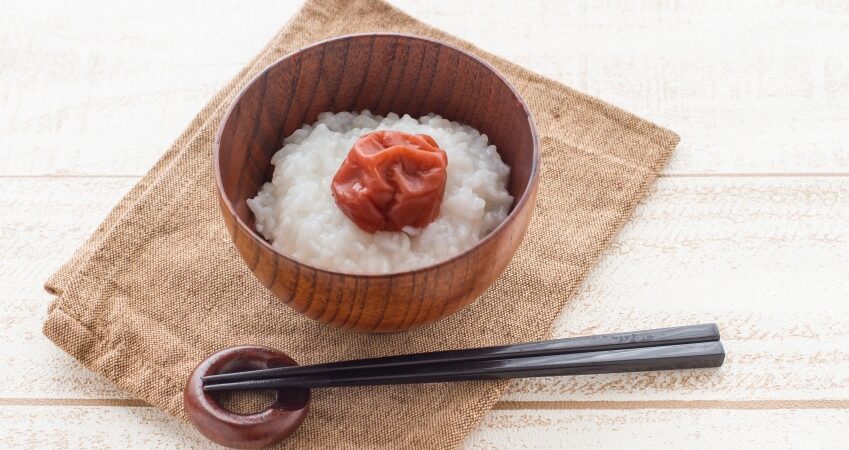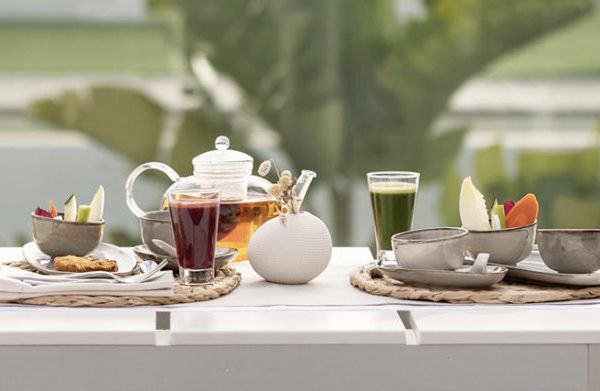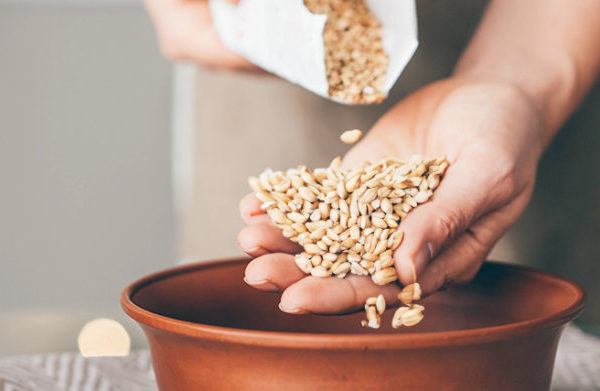
SHA Magazine Healthy Nutrition
Umeboshi: The alkaline plum
Probably you have heard surely about umeboshi plum but still don’t know its many properties. So today we want to talk about this superfood usually used in China, Korea and Japan as a medicinal food.
Also known as “the queen of alkaline foods” the ume japanese plum is a brown fruit with a very sour and salty taste. It’s dried and salted in barrels with a weight on top to squeeze its juice, from which the pickled called Umeboshi is obtained. It’s usually dyed red when is going to be consumed and it’s added to the sushi’s makis, as part of onigiris symbolizing the flag of Japan, or it can also be consumed alone in small quantities as a medicinal food.
Its popular name comes from its alkaline properties, as it counteract the acidity of the body, neutralizing the excesses of carnivorous meals, dairy or excess of sugars. This is due to its high content of alkaline minerals such as iron, calcium, manganese, potassium, etc.
Benefits for the body
- Stimulates the digestive system and increases the defenses.
- Contains twice the proteins, minerals, iron and calcium than other fruits.
- It helps the proper functioning of the liver (detoxifying effect).
- Laxative effect.
- Prevents fatigue.
- Breaks down excess acids in the body.
- It prevents aging (It has anti-oxidant effect in the blood).
- It helps against constipation.
- It’s good against the lack of appetite.
- Good for fatigue and apathy.
- Prevent bad breath (It has an anti-putrificante effect).
- Helps against stomach problems such as nausea, vomiting, dizziness.
- Prevents pregnancy morning sickness.
- Good for anaemia, blood weakness.
How to consume it?
Umeboshi can be consumed in multiple ways. The most usual way is placing the umeboshi fruit inside whole rice balls. We present some other simple and healthy ways to consume it:
Umeboshi broth – This broth helps a quickly relieve of fatigue and tiredness. Prepare it placing a umeboshi plum into a large bowl adding ½ leaf of nori seaweed sliced in small pieces, warm water and shoyu.
Umeboshi tea – Boil the umeboshi pulp into a litre of water for ½ hour. Add kukicha or bancha tea. Strain it and dilute in more water if necessary.
Condiment – Crush the umeboshi pulp and boil it in water adding shoyu until obtaining a thick pastry. Dilute ½ teaspoon in bancha tea and use the mix as condiment.
Umeboshi juice – The juice left in the bottom of the umeboshi bottle is perfect as a remedy for stomach inflammation and to detoxify the body. Mix it with bancha tea or with water. You can also use it in a compress for skin disease or eczema.
We hope you have enjoyed learning about the many benefits of umeboshi and we encourage you to incorporate it into your eating routine as part of a balanced diet.





